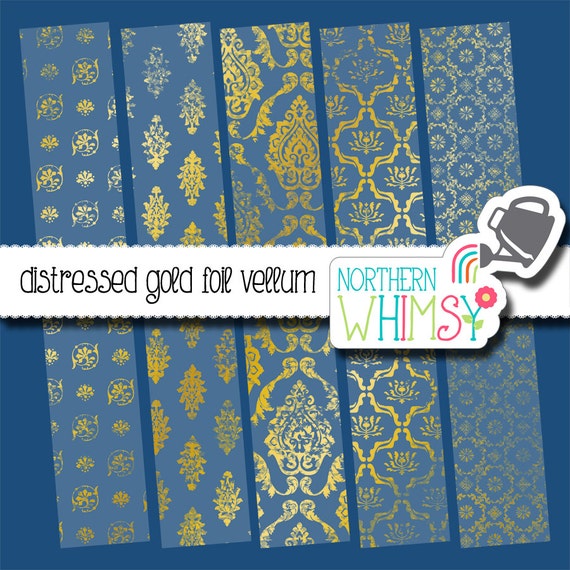
Generally, 20lb should fit most if not all applications. The heavier the weight listed for the paper, the Often see it offered in 16lb, 18lb, and 20lb (most common). When considering bond paper, you must also take into account It can alsoīe purchased with non-reproducible blue lines, which are a handy addition thatĪllows you to have an intrinsic scale when drafting, but won’t show up if Typically, I have used what’s called layout bond, usuallyġ8” x 24” for concept drawings, sketches, and colored perspectives. The advantages of bond paper are its affordability, diversity of applications, Often the standard white paper you see in office printers throughout the world. Grows up to ask me, I will probably stick with the much more interesting Jamesįor the most part, bond paper is the workhorse of theĭrafting professions – architecture, engineering, and landscape design.

Use as the paper that government bonds were printed on. Paper?) Well as it turns out the name “bond” actually stems from its historical (I mean since he was picky when it came to his martinis, why not his I assumed since they had similar names that they must be When I was younger, for some reason I associated Bond Paper This article will be a thorough overview of the various types of drafting paper, their uses, and the best types to use in various situations. But anyone that spends time in the drafting and sketching section of their local arts and crafts shop will quickly realize that choosing a paper is not a simple thing.

Have you ever gone to an art supply store and just stared at their paper section? No? Ok, I guess it is just me.


 0 kommentar(er)
0 kommentar(er)
